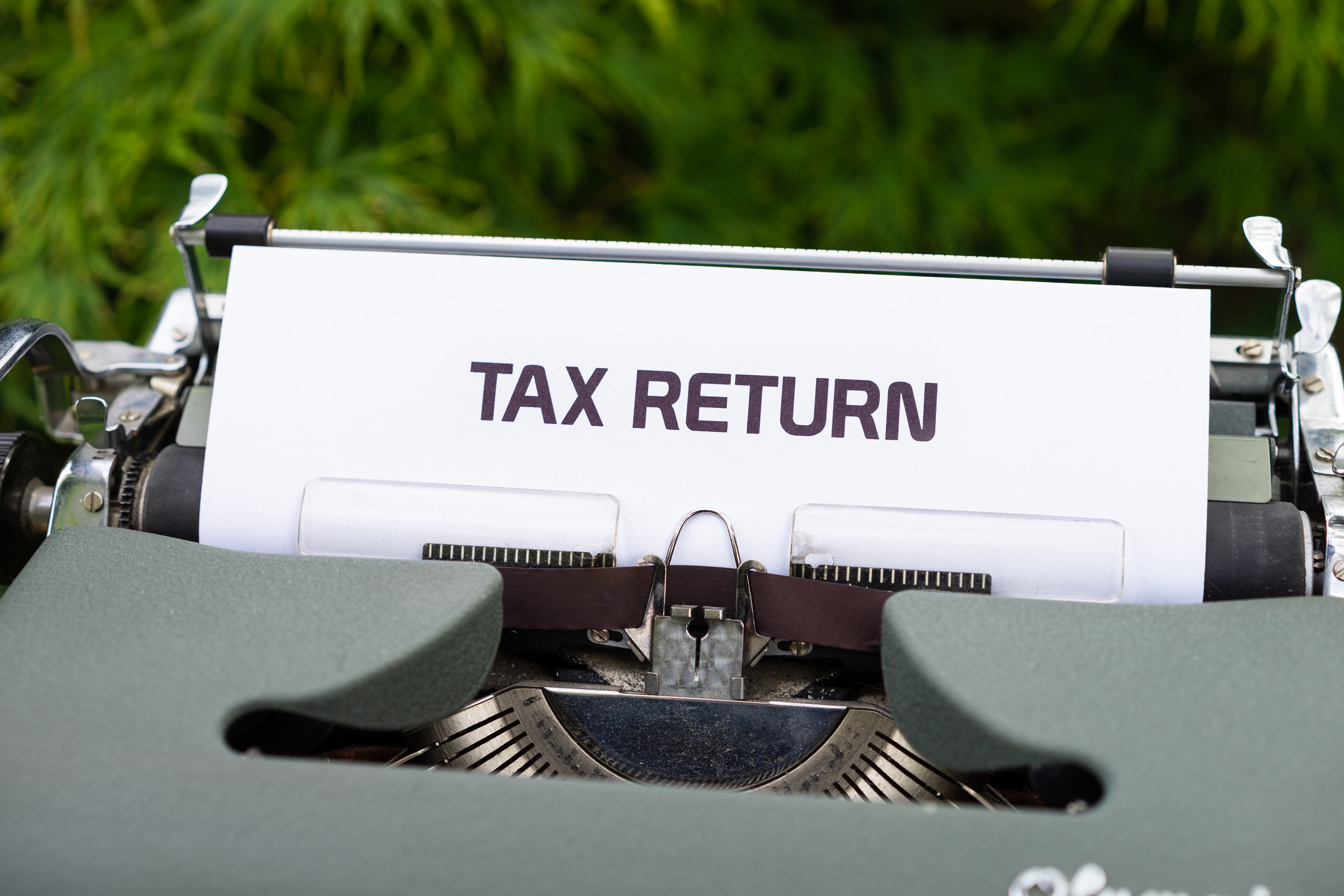Achieving Economic Growth
Aug 29, 2022 By Susan Kelly
Business investment and consumer spending are essential in expanding the U.S. economy. If consumers are willing to spend money on home purchases, several related industries, including home building, contracting, and the employment of construction workers will do well. Companies' contributions to economic expansion are magnified when they raise wages, hire more workers, and invest more money in their operations. The economy grows when companies spend money on things like new factories and machinery, resulting in more pe ople finding jobs and spending more money.
More factors help boost consumer spending and business performance. Businesses and people can get loans from financial institutions like banks. With adequate funding, a business might expand operations by purchasing new equipment, upgrading vehicles, or introducing an entirely new product or service.
It is possible to stimulate spending by returning money to buyers by reducing or eliminating taxes. While deregulation is typically credited with boosting economic growth, the resulting decrease in oversight of business operations raises the stakes for failure that can't be reasonably explained. Government investment in infrastructure is intended to boost business output and generate employment opportunities in the construction sector.
Reduced or refundable taxes

Putting more money in customers' hands is the point of tax rebates and reductions. In a perfect world, these purchasers would then use some of their newly acquired funds to make purchases at other businesses, increasing the sales, cash flow, and eventually the profitability of those other businesses. Cash on hand allows a company to obtain money, improve machinery, boost efficiency, and branch out into new markets, increasing the company's chances of success. Increased productivity is one of the main reasons why these policies help the economy expand. One way that tax cuts and refunds are said to stimulate the economy is by increasing consumers' discretionary spending.
In 2017, the Trump administration proposed and Congress passed the Tax Cuts and Jobs Act. The law enacted a maximum corporate income tax rate reduction from 35% to 20%. Individuals across the board were decreased. To achieve its goal of promoting economic expansion over the next decade, the plan comes with a price tag of $1.5 trillion.
Any boost used to stimulate economic growth can make it hard to tell how much of the growth was driven by the boost itself and how much was caused by other factors and market forces.
The Economy Deregulation

Deregulation means loosening rules and regulations in one economic field. The Reagan administration in the 1980s saw the federal government deregulate several industries, the most notable of which was the financial sector. The thriving American economy of the 1980s and 1990s is commonly credited to Reagan's deregulatory policy. Proponents of less regulation argue that current regulations are preventing businesses from flourishing. Consequently, production and employment slacken, putting a brake on GDP growth. However, economists favour stricter restrictions and blame loose regulation and government oversight for the several economic bubbles that emerged and eventually burst in the 1990s and early 2000s.
Many people in the finance industry think that regulators were too lax in 2008, which caused the economic collapse. Subprime mortgages issued to borrowers with less-than-perfect credit experienced an uptick in defaults in 2007. The mortgage industry crash triggered a recession and prompted government bailouts of critical banks. In the years that followed, new legislation was implemented that strengthened capital requirements for banks. Banks and other financial institutions will need a higher cushion of liquid assets to absorb potential losses from poor loans.
Economic Growth
All levels of government spend money on projects that are considered "infrastructure" because they are necessary for the smooth operation of markets and communities, such as the construction of new buildings and the repair of older ones. Highways, bridges, harbours, and sewage treatment plants are all examples of infrastructure. Proponents of infrastructure investment as a growth engine believe that it boosts output as it helps enterprises work more smoothly and effectively. When roads and bridges are plentiful, and in good repair, trucks spend less time delayed in traffic and more time moving because they don't have to take detours around waterways.
Hiring employees to carry out the approved projects means infrastructure spending produces employment possibilities. It has the potential to stimulate further growth in the economy. If a new highway were built, gas stations and shops catering to drivers might also open for business.








